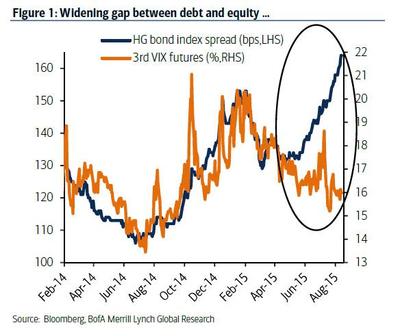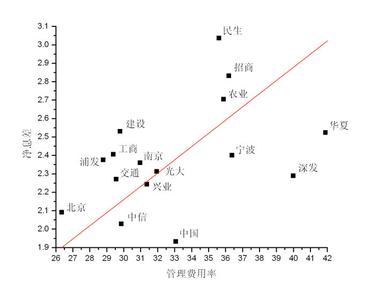Risk is a multi-headed beast with many components, includingdefault, liquidity, taxes owed, accounting transparency, exposureto the political business cycle, and unfunded pensionliabilities.
Each investor has a unique menu of risk concerns that capturehis attention, so having a rough idea of what percentages of anaverage credit spread are typically allocated to the different riskcomponents is potentially very useful to practitioners.Fortunately, besides myself, many researchers and scholars havedocumented and separated out the abstruse components of creditspreads.
Default Risk
Clearly among the most important risks for fixed-incomeinvestors to consider. In the white paper "Dissecting CorporateBond and CDS Spreads," 47% of yield spreads are explained bydefault risk while the remaining 53% is made up of non-defaultrisks. Specifically, they state that default risk accounts for50–83% of total risk across both private and public debtissues.
Default risk is likely higher in emerging markets and fornon-investment-grade issues. In fact, non-investment-gradesovereign debt shows a hump-shaped yield curve, whereasinvestment-grade sovereigns show a more traditional upward-slopingyield curve, i.e., spreads are wider at the short-dated andlong-dated portions of the curve for non-investment-grade credits.Investors are, therefore, smart to build this into an understandingof sovereign credit spreads.
Liquidity Risk
Many researchers have found that there is a stark difference inyield spreads between investment-grade and high-yield issues. Fromtheir results, a very rough estimate of liquidity spreads can bedescribed. Specifically, their model concludes that the averageliquidity spread for the investment-grade universe they utilized is0.3181% and for the high-yield universe, 0.7804%. Comparing thesefindings with their average yield spreads across maturities forissues results in a liquidity yield spread premium of 16.83% forinvestment-grade issues and 7.09% for high-yield issues. Theprimary difference in the magnitude of the spreads comes from theaverage yield spread for the two bond-quality categories. Averageyield spreads across maturities were 1.89% for investment-gradeissues and 11.00% for high yield.

Accounting Transparency Risk
For high-quality credits, accounting transparency has verylittle effect on yield spreads; low-quality credits with lowaccounting transparency, have higher credit spreads on average. Forsecurities coming due now that also have high transparency, yieldsareon average 31 bps lower. For transparentshort-term securities, the reduction in yield is 11 bps.Transparent securities maturing in 10 years have a reduction inyield of 14 bps. Finally, long-term securities, in which maturityis in the 30th year, have yields that are a full 34 bps lower.
Unfunded Pension LiabilitiesRisk
Given that unfunded pension liabilities are effectively shadowdebt for a business, it would make sense that the greater theamount of these liabilities, the higher the credit spread.Cardinale uses regression analysis to estimate credit spreads, asif companies had no pension obligations. With this assumption, thespreads are found to be 1.27% for investment-grade issues and 4.41%for high-yield issues.
By taking the difference between the observed credit spread andthe zero, unfunded pension obligations regression spread, anestimate for the effect of unfunded pension obligations on spreadscan be determined. For the entire universe considered by Cardinale,the percentage of the spread explained by unfunded pensionobligations is 13.93%.
Political Business CycleRisk
Politicians manipulate economies in order to increase thelikelihood of reelection in election years. These policies tend todrop the credit rating of developing economies by an average of onelevel during election years. Furthermore, credit spreads are widerin the lead-up to an election, with spreads narrowing postelection. On average, credit spreads are 0.22% higher in the threemonths preceding an election. Put another way, investors canreasonably expect credit spreads to widen in the run-up to anelection as politicians put in place short-term economicstimulation policies.
 爱华网
爱华网



